A common question we are often asked at Best Home Preserving is: are dehydrated foods healthy? With many dried foods readily available, food dehydration is something many are looking to do at home.
The fact is, dehydrating foods removes the moisture content to enable foods to be preserved. In doing so, the nutrients within food that has been dried is often concentrated.
Also, because you are preserving your own food, and using the best home preserving equipment, you control any additives. This alone makes food that you have dehydrated yourself more healthy and nutritious than any you can buy in a store.
Many people, especially in these times, are conscious about what is in the food they consume. Moreover, there is a growing concern about spoilage, especially in foods with a high moisture content. Foods such as fruits, vegetables and meat are susceptible to spoilage by microorganisms.
An effective way of reducing spoilage is through food preservation methods such as dehydration. Food dehydration is a common home food preservation method where the moisture content in food is reduced to a minimal level.
With no moisture, dried foods last longer and retain their nutritional value. The easiest way to create healthy dehydrated foods is by using a special food dehydrator. We reviewed the best home food dehydrators in 2021 earlier this year.
Food dehydration is one of the fastest, cheapest and easiest ways of preserving food at home.
Quick Content Navigation
What Are The Benefits Of Dehydrated Foods?
Dehydration is an ancient means of preserving food at home. Not only is it still in use today, with the advent of modern home food dehydrators it is quicker and easier than ever.
It is common to find dehydrated foods, either at supermarket stores or local markets. Indeed, there are now many households making their own jerky, fruit roll-ups, dried herbs and fruits.
There are many advantages of dehydrated foods. These include economic, health and nutrition and safe food storage factors.
- Longer shelf life:
If you buy your food in bulk, you will appreciate home food preserving techniques to eliminate spoilage. Dehydrating will extend the shelf life of food products by reducing the moisture content which causes food decay.
Dehydrated foods have their moisture content reduced to 5% – 20% of the original levles. With little to no moisture, microorganisms cannot grow, thereby prolonging the shelf life.
- Lighter weight:
Dehydrated foods are much lighter due to the removal of moisture. This makes them lighter to carry and convenient to use when hiking or camping.
- Reducing food waste:
Foods can be preserved for years if dehydrated and stored properly. Not only does this prevent unnecessary food waste, experts agree it reduces volume to landfill and saves you money.
Foods That Can Be Dehydrated
Almost all types of fresh food products can be dehydrated if you know how. Indeed, the best part is that you can dehydrate your foods at home through easy dehydration methods.
Some of the food products that are commonly dehydrated include the following:
- Fruits: Citrus fruits and berries known for their high moisture content can be easily dehydrated in a home food dehydrator. Apples, bananas, mangoes, pineapples, peaches and nectarines all dehydrate well.
- Vegetables: Onions, carrots, and mushrooms are common examples of dehydrated vegetables. Did you know that you can dehydrate potatoes? Learn how in our article – Dehydrate Potatoes With A Food Dehydrator Is Easy And Fun
- Meat and Fish: Preserve your beef, chicken, turkey, or fresh fish through dehydration. Have some fun and flavor by adding marinades or using a home food smoker before drying.
- Nuts and seeds: Nuts and seeds are in a better state for long-term storage after dehydration.
Methods For Healthy Dehydrated Foods
There are various methods of dehydrating your foods, either for household or commercial purposes. Furthermore, the method used for dehydration often depends on what type of food you want to preserve.
The popular methods of dehydration are the following.
Sun Drying
This method is arguably the oldest home food preservation method, but still effective today. You can easily create dehydrated foods by placing them in an open space that receives a good amount of direct sunshine.
It is a cost-effective method and easy means of dehydrating foods. Some foods take several days of sun-drying to achieve the desired result and not all foods are suitable.
Solar Drying
The solar drying method is similar to sun drying as they both use the sun’s rays to achieve dehydration of foods. The difference is the use of a dehydrator that harnesses solar energy to power the machine.
It is simple to use and can be used outdoors since it does not require electricity.
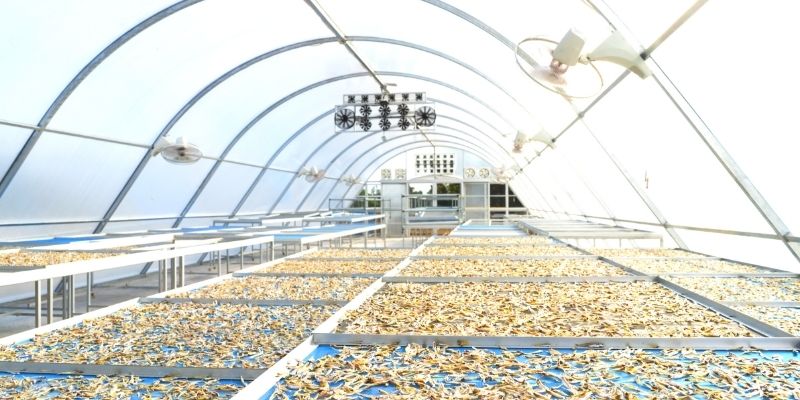
Electric Dehydrators
This is the modern method of dehydrating foods at home. An electric dehydrator works by using fans and heating elements to dry the air and remove the moisture from food.
Modern home food dehydrators have simple controls to manage temperature and time. Many are now digital and allow for pre-programming to achieve the best result.
In fact, when you use a square dehydrator, the heating element and fan are placed in the rear of the unit. This allows for a more even flow of warm air throughout the machine and eliminates the need for tray rotation. These machines are truly automatic.
Round home food dehydrators are often less expensive. However, with a hole in the middle of each tray they give less space for drying and are fairly noisy.
Also, the heating element and fan are usually at the bottom of the unit which makes for uneven drying and the need for tray rotation. You need to keep an eye on the contents to ensure they don’t become too dry or burn.
Read our earlier article comparing the benefits and features of round versus square food dehydrators.
Are Dehydrated Foods Healthy?
With everyone being more conscious of their health these days, you might be left wondering if dehydrated foods are healthy to consume.
Loss Of Nutrients
Our research has confirmed that people are concerned about the loss of nutrients in dehydrated foods. We can confirm that this is not the case.
Firstly, nutrients present in fresh foods are not lost during the drying process.
Secondly, dehydration removes only the moisture content from foods. You can be sure you are consuming healthy foods.
Healthier Option
Dehydration offers a healthier option compared to some home food preservation methods.
Smoking food, while delivering amazing flavors may add harmful chemicals contained in the woodchips or pellets.
Most home food preservation methods involve the use of additives or artificial ingredients. These may affect the nutrients within the foods, and also their taste.
Some foods may suffer a large nutrient loss using other methods due to their processing.
Microorganism Free
Healthy dehydrated foods are not a myth. You don’t have to worry about bacterial or mold growth when it comes to dehydration.
Microorganisms require sufficient moisture in food to grow and dehydration removes over 80% of moisture content.
You can be free from worrying about food spoilage.
The Downside Of Dehydrated Foods
Like most things, food dehydration has some things to be aware of. One of the unmerited results of dehydrating foods is the concentration of nutrients in them.
Foods that are dehydrated have a higher concentration of calories. This is because the process of dehydration increases the concentration of calories compared to their fresh counterparts.
Due to the lack of water, dehydrated foods can also be higher in sugar and sodium. Moisture within foods reduces the concentration of these nutrients.
Individuals with health conditions sensitive to these nutrients may need to limit their intake of particular types of dehydrated foods.
Healthy Dehydrated Foods Or Not?
Dehydrating food has proven to be an effective method of preserving food by preventing decay or spoilage.
The removal of moisture from fresh foods through drying helps extend the shelf life of foods and makes them easier to store.
It is cost-effectiveness and simplicity that make dehydrated foods a recommended option. Food dehydration is one of the easiest and best home food preservation method.
During dehydration, there is minimal loss of nutrients, depending on the dehydrated food product. This is a healthier option when compared to preservative methods that suffer far greater nutrient loss or require artificial additives.
We have found that dehydrated foods are healthy and safe to consume. They are even good for you.
Moreover, these foods are kept in their natural state and can be easily reconstituted by simply adding water.
Conclusion
Dehydrating food has been a time-proven and effective way of preserving food. Used in ancient times, dried food would last for a long period of time.
If you could choose a way of preserving that was traditional and retained the nutritional value of food, this would be it. Some modern methods of home food preserving include additives or preservatives which could be harmful over time.
Dehydrate your food using solar, sun or electric drying methods. Your dehydrated foods will keep their nutrients, be lighter and smaller when travelling and be easy to store.
If this article resonates with you, read more home preserving tips, home preserving equipment reviews and how to preserve food at home on the links below.


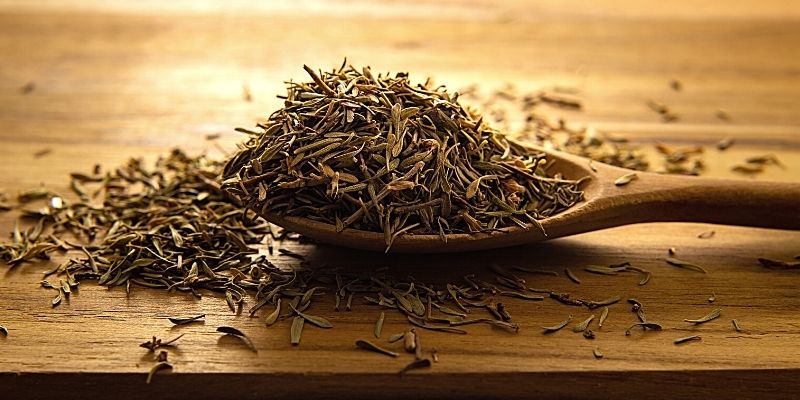
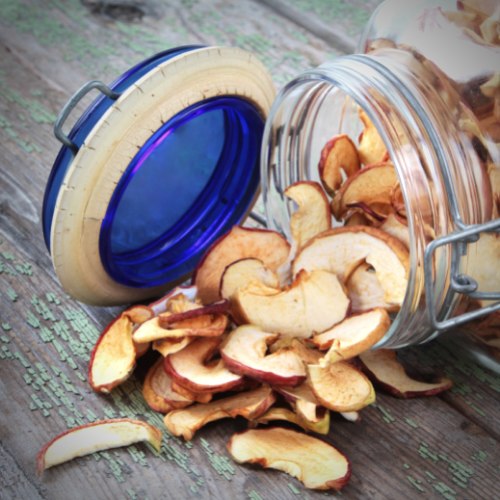
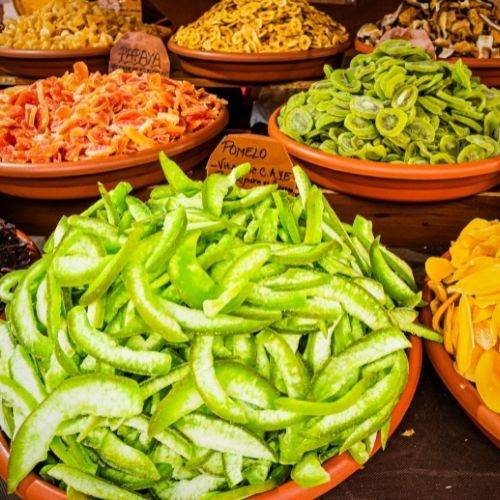
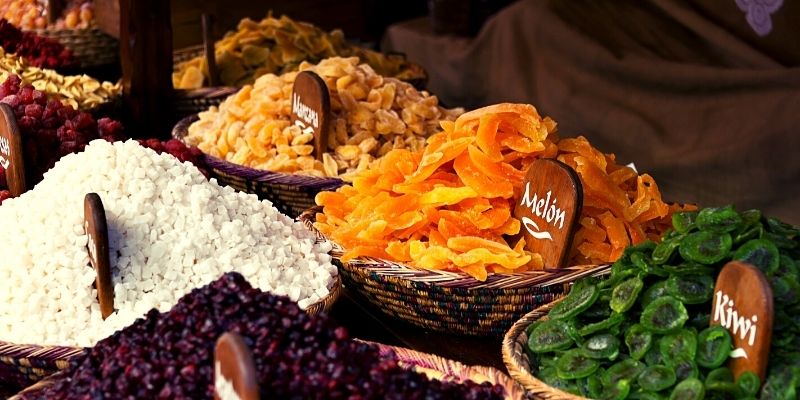
 Hi! I’m Sally-Anne!
Hi! I’m Sally-Anne!
May I just say what a relief to uncover a person that genuinely understands what they
are talking about on the web. You actually understand how to bring a problem to light and make it important.
More and more people really need to read this and understand this side of your story.
I was surprised you are not more popular since you certainly possess the gift.
Hi there, You have done an excellent job. I’ll
definitely digg it and personally recommend to my friends.
I am sure they’ll be benefited from this website.
I really appreciate this post. I?¦ve been looking everywhere for this! Thank goodness I found it on Bing. You’ve made my day! Thank you again